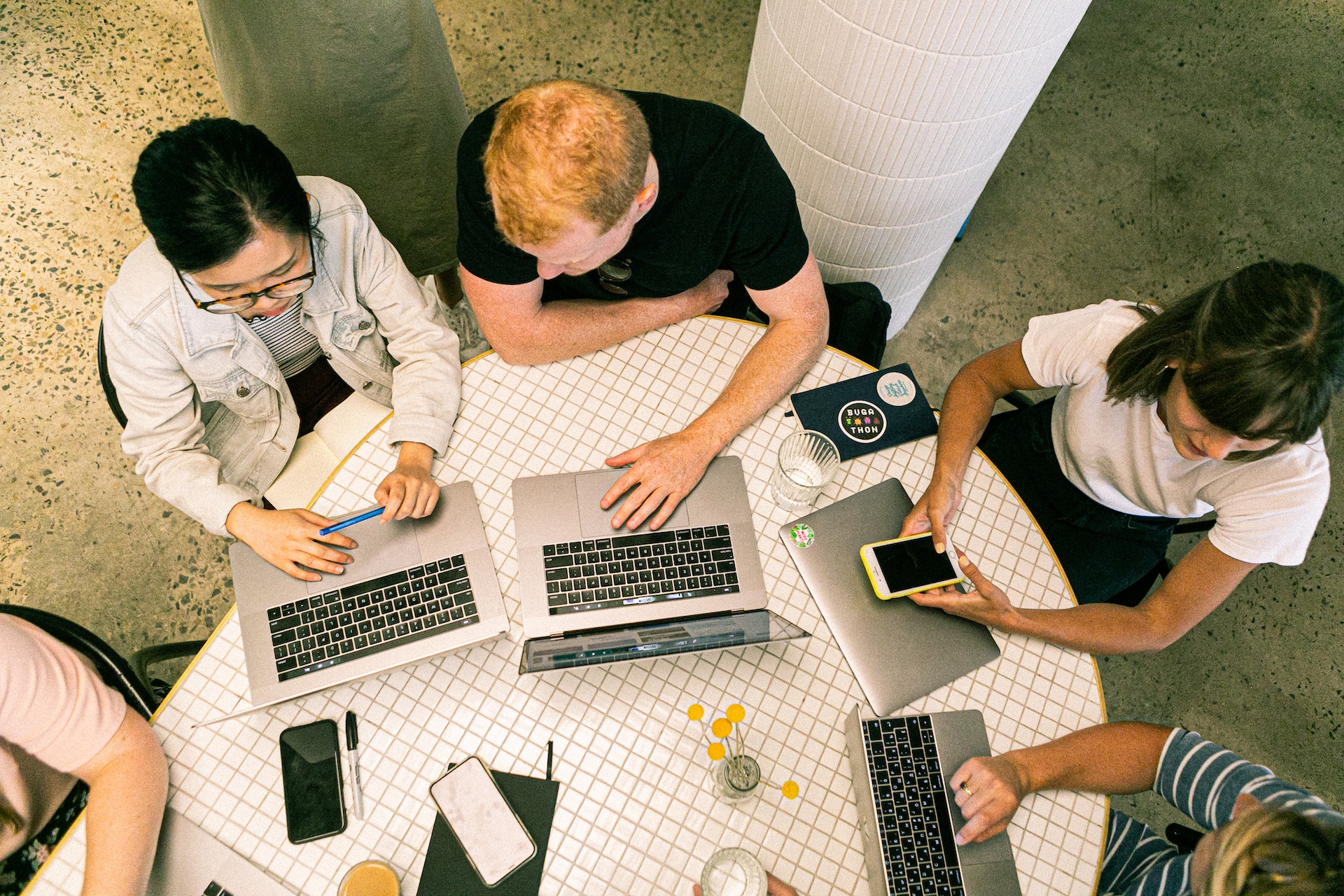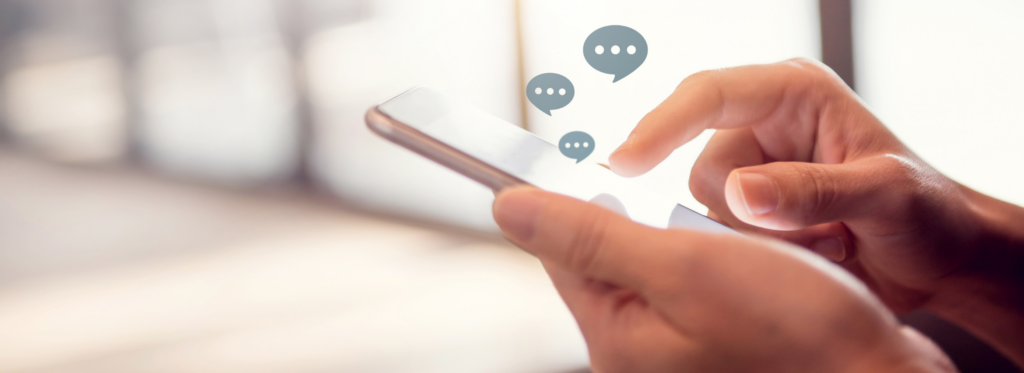Improving The Customer Experience Through Behavioral Science

By Jonathan Wan, Director, Customer Experience, Data Analytics and Marketing at Japan Airlines
Behavioral science is the study of human behavior and aims to understand why we engage in specific behaviors under various circumstances. Marketers and businesses can use behavioral science principles to better understand our customers and improve the customer experience. First, we will need to understand how people think and make decisions.
The decision making process is influenced by two main factors—our emotions and our environment. Even the tiniest things can influence us subconsciously. For example, behavioral scientists have observed that holding a warm beverage allows us to feel more warmly towards the people we interact. There is a misattribution happening where we feel physical warmth and misinterpret it to being interpersonal warmth.
Exposure & Emotions
In an experiment conducted by a group of neuroscientists in 2004, 67 individuals were asked to taste two drinks while having their brain activity measured via functional magnetic resonance imaging (fMRI). Using fMRI, researchers observed parts of the brain that activated when participants consumed different drinks.
The results showed that when participants did not know which drink they were consuming, the preference for the drinks were tied at around 50%. Researchers observed that the pleasure center located at the front of the brain known as the ventromedial prefrontal cortex (vmPFC) lit up. This area of the brain is especially responsive to gratifying foods. Conversely, when participants knew the names of the drinks, more than half preferred one to the other. This time, the areas of the brain that lit up had to do with emotions and memories. When participants knew that they were drinking from a brand whom they had a positive association with, they showed an emotional reaction to which led to a specific preference.
Environment
Our decision-making process goes beyond simple brand exposure. Environment also plays an important role. Retail and supermarket stores are designed to create the ideal environment for driving desired consumer action, and one of the leaders in retail store design is Apple. While Apple stores may be famous for its stunning exteriors, the magic really happens inside.
Walk into an Apple store and you will be subconsciously encouraged to engage with the easily accessible devices or with the brand through one of their many creative sessions on photography, video, design and coding. The reason Apple encourages hands on experiences is to create a feeling of ownership and promotes the endowment effect where people place a greater value on things once they have established ownership. They want you to picture yourself using that iPhone or Mac, and before you know it, you are a proud owner of one.
Even the infamous iPhone launch lines outside its stores work to Apple’s advantage. Customers who voluntarily choose to queue feel a sense of achievement and display a higher appreciation of their purchases. The lines outside the store also sends a signal to the public of the product’s perceived value.

Creating Value
Not every brand can have the prestige or influence of Apple overnight but there are practical applications of behavioral science that can improve a customer’s perceived value towards or brand or products.
Anchoring
One of the most popular and common principle is Anchoring where the initial exposure to a number or price serves as a reference point and influences subsequent judgements. For instance, an item of the same category and similar quality that costs $49 dollars is perceived as good value after seeing another at a $99 price tag.
Framing
Framing is crucial when conveying messages. Choices can be presented in a way that highlights the positive or negative aspects of the same decision, leading to changes in their relative attractiveness. For instance, most people would pick an 80% fat free frozen yoghurt over a yoghurt than contains 20% fat.
Loss Aversion
Loss aversion can be used with framing to great effect. The concept of loss aversion tells us that the pain of losing is psychologically twice as powerful as the pleasure of gaining. Gaining $50 is very enticing but losing $50 feels significantly more painful.
Social Proof
Social proof can be powerful. In a government campaign to influence public decision on organ donation, A-B testing has found that more people signed up when showed an added sentence in the call to action that says “Every day thousands of people who see this page decide to register”.
Psychographic Segmentation
Understanding behavioral science principles allows us to predict how people may react. However, people are diverse and may react differently to different nudges. This is where psychographic segmentation comes into play. By combining behavioral science principles with the right segments allows us to predict and influence certain behaviors more effectively.
In psychology, the OCEAN model is most widely used to measure personality traits. It is an acronym derived from the five main traits:
- Openness measures how open an individual is to imaginations, feelings and new ideas.
- Conscientiousness looks at an individual’s competence, self-discipline and thoughtfulness.
- Extraversion takes into consideration a person’s sociability, assertiveness and emotional expression.
- Agreeableness shows how cooperative, trustworthy and good-natured an individual is.
- Neuroticism considers a person’s tendency towards unstable emotions.
Each trait ranges over a spectrum and most people are not on the polar ends but somewhere in between.
Precise psychographic segmentation is often used in political campaigns where different personality types are shown specific ads tailored to elicit strong emotions based on messages they could relate to.
For instance, people who showed a high degree of openness are likely to be more open to new ideas and were shown an ad message on refugees. Those who are conscientious look for dependability and were shown ads about a reliable government. People with strong extroversion traits want decisive and energetic leaders and that was the message they received. For people with high agreeableness, the campaign attempted to show empathy with messages about a safer world.
We have the tools to create hyper-targeted messaging and with the right combination of human input and AI automation, we can predict and influence people’s decision-making. It is our responsibility as organizations and marketers to ensure that we do it responsibly.

Choice Architecture & Cognitive Biases
Behavioral Science principles also heavily influence two areas that are key to the customer experience—the purchase decision and the brand experience.
Choice Architecture is the practice of influencing choice by “organizing the context in which people make decisions”. In a behavioral study conducted by Google, findings show that during the purchase decision-making cycle, people go through two mental modes—exploration and evaluation. This cycle repeats itself until we the decision is made.
To understand how decisions are made, we need to consider the two main types of decision makers—the maximizer and the satisficer.
- The maximizer is someone who wants to make the best possible decision. They take longer to examine every option and is more prone to buyer’s remorse.
- The satisficer on the other hand is someone who is happier making quick decisions. They spend lesser time thinking about their choice and does not need to consider every possible option. Satisfices are generally satisfied with their purchase.
At my speaking engagements, I often ask attendees if they could relate to being a maximizer or a satisficer. Each time I would receive varied responses because the reality is that we can be both. We often fluctuate depending on the types of decision and level of investment associated with it.
Maximizers will be part of our customer mix and it would be in our best interest to help them with the decision-making process to create a better shopping and post purchase experience. Here are some ways to do so.
- First, we reduce the choices they have to make. Then we help them to prioritize by creating nudges to help with decision-making. It is also important to affirm their choices by reminding them that they are making the best possible and informed decision. We should always provide options to our customers because people tend to be more satisfied knowing that they are in control.
- Chunking is a method that can be use in breaking down the decision-making process. Individual pieces of an information set are broken down and then grouped together in a meaningful whole. When it comes to the customer experience, we can use chunking to break down the purchase decision process by helping customers to make low risk choices easily.

Brand Experience
The brand experience continues after the purchase decision is made and here are five behavioral science principles for a great overall customer experience with your brand.
- Finish strong. A great last impression with your brand is essential for a positive experience. This is why service recovery is incredibly important and it is equally important to ensure that every interaction with your brand is a great one.
- Minimize pain and spread pleasure. Mental accounting causes people to think of value in relative rather than absolute terms. People derive pleasure not just from an object’s value, but also the quality of the deal and its transaction utility. Pain and loss is something that we try to avoid while pleasure is something we want to experience repeatedly. Mechanics such as Buy Now, Pay Later utilizes this principle and are now a 100-billion-dollar industry. The immediate gratification and the delay of pain increases the perceived quality of the deal. To create repeated pleasure, brands could consider spreading out rewards and promotions as research has shown that people get more pleasure from winning $5 twice than $10 once.
- Operational transparency. This highlights the need for honesty. People often value an organization that is transparent and forthcoming. They appreciate knowing the thought process on how and why decisions were made. For instance, if an unexpected price increase for a product is necessary, it is better to be transparent and explain the reason for the increase rather than to remain silent.
- Create a familiar routine. The human mind has two systems. The best-selling book “Thinking Fast and Slow” by Daniel Kahneman popularizes this theory. System 1 is automatic and quick, it uses little or no effort. It is responsible for many of our non-conscious decisions. In contrast, System 2 requires high mental effort often associated with the subjective experience of agency, choice and concentration. By creating familiar routines, we allow our customers to feel comfortable and confident in decision-making. These routines could be a store layout or design; it could be the service flow or even the cadence of engagement with our customers. People also have a tendency to favor the known over the unknown.
- Provide control. People are proven to be more fulfilled when they feel in control. A great customer experience should simplify the customer journey and anticipate their needs through personalization, but it is imperative to allow the customer choice and control in how they engage with our brand.
Conclusion
Behavioral science has the ability to influence people positively or negatively and it should be used to solve customer pain points, not to manipulate. No matter which principles we choose to incorporate, we should always apply behavioral science with care. After all, behavioral science is meant to help us understand people and in turn becoming more understanding ourselves.






Responses